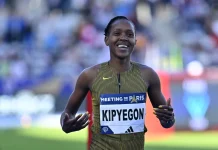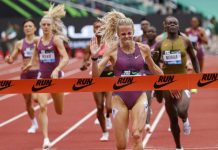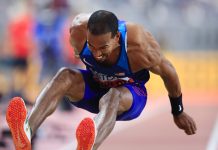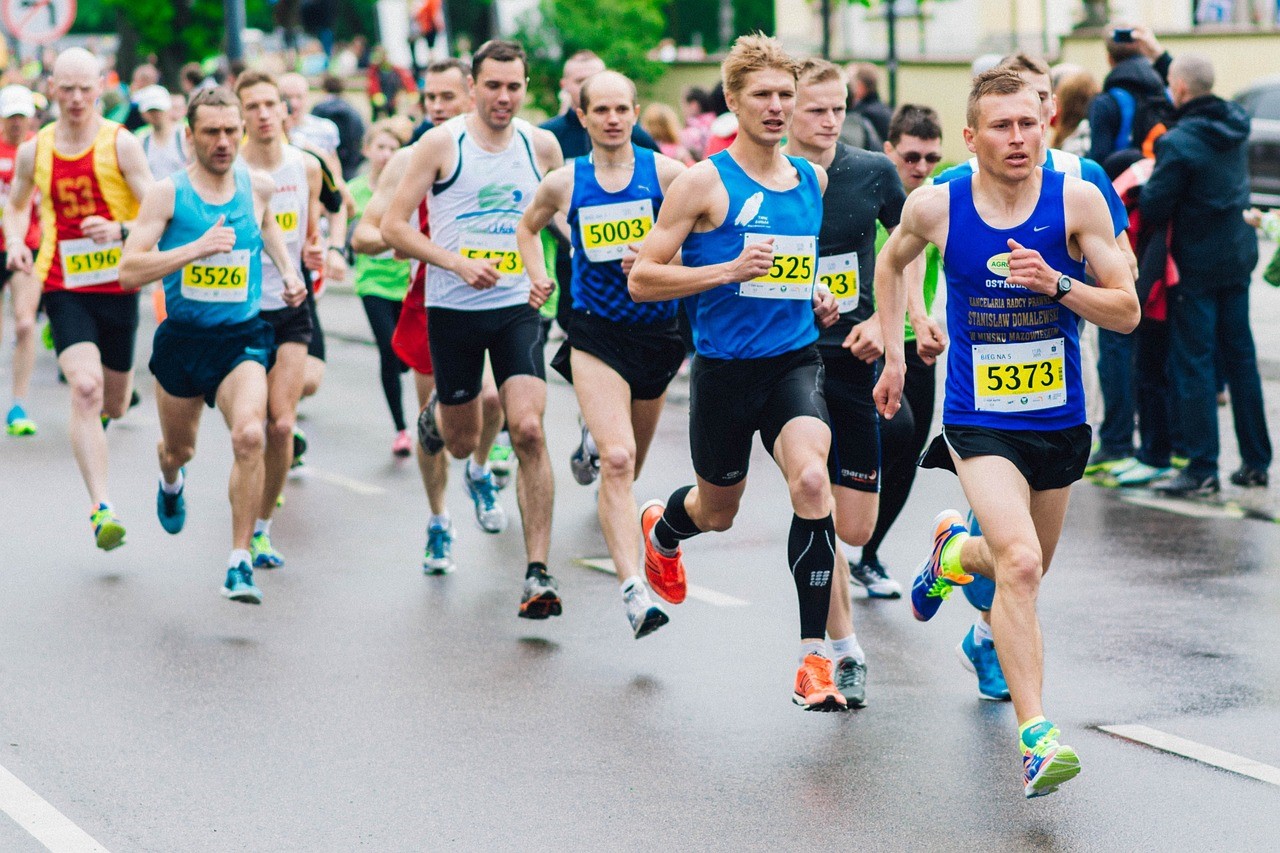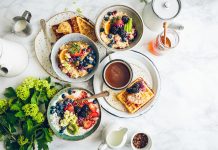Introduction
As one of the most popular recreational ways to keep fit, running has imprinted itself into popular culture in many ways. From the jaw-dropping performances that the world’s greatest runners have given us to substantial global audiences at the Olympic games to annual, consistent mega races like the London and New York Marathons, which brought together international runners from all creeds and cultures.

Elevating the stature of track racing had cultivated the organic rise of bettors aiming to find value in track racing markets. It’s a niche sport, so many betting companies still didn’t have a wide range of markets, but it was growing. For those behemoths in the betting industry who offered sports and casino betting and had the profit margins to explore growing sectors like track betting, there was undoubtedly money to be made from a business perspective.
A Growing Appetite For Gambling and Running
Running encompassed all race lengths, from 100-meter sprints to multi-length marathons. Depending on what type of running best fit a player’s day-to-day routine or what they enjoyed watching. Due to the cost-effective nature and the low start-up costs of taking up this hobby, which didn’t require a gym membership or any expensive specialist equipment, there was an upsurge in those looking to stay fit on a budget. Money management tools at all layers of life invariably benefited us. Taking up a cheap way of staying active, learning how to pace yourself through your run while bolstering your mental endurance and knowing when to put your foot on the gas during a race were critical to enhancing your running performance and strategic skills. Here, the strategic mindset overlapped with many of the strategies you could see in poker gaming, which also required mental endurance and the ability to read your opponents.
Sharpening the strategic approach to running could give players a clear ahead when approaching poker games and specific strategies. While there might be distinct differences between playing poker with friends or a casino site online, there was enough overlap for it to benefit players if they could take the best of both worlds and fuse them together. Poker strategy could potentially be improved through time and experience (though some luck was still required), and so could running over the same length repeatedly as you chiseled away at your best, so it was clear why there was a steadily growing appetite for gambling and running despite their differences.
Olympic Excellence
The Olympics was not just the pinnacle of track and field races but a time when there was a colossal peak in gambling activity. It wasn’t just the classic races that grabbed all the headlines, like Usain Bolt’s incredible performances in recent games. There were inspirational success stories in longer forms of racing, too, such as Dame Kelly Holmes’s iconic double gold medal performance in Athens in 2004 and Paul Radcliffe holding the female marathon world record for nearly two decades before the record was broken in 2019.
Ultimately, a gambling market could only mirror the underlying popularity of the sport, and these huge events resulted in more significant numbers exploring racing and seeing what sort of athletics events you could gamble on during the Olympics and in other key events like the World Championships.
Game-changing Digital Markets
Running fans and keen aficionados of world racing meets had received lightning-fast updates and in-depth news thanks to the internet. In the past, this news might have been found in a weekly magazine or two, maybe toward the tail end of a sports section in a newspaper. However, now that we had the internet pulsating through the heart of the industry and bringing global communities of racers together with instant daily news and even running podcasts, more eyes on the industry continued to push a new appetite for people wanting to bet on significant events.
View this post on Instagram
All sports had benefited to varying degrees because of the internet. Still, niche sports like running had more to gain, given that they were more in the background than soccer or prominent American sports like the NBA and NFL. Although in-game betting had revolutionized these industries, leading to relentless and expansive growth, the Olympics had helped show casual athletes and running fans that you could apply the same structures and draw interest.
Broadcasting
Rather interestingly, track and field events rarely fell under the same strict broadcasting rights as prominent European soccer leagues or American stalwarts like the NFL or NBA. Due to this, many bettors could watch the races live as they unfolded, which opened up a fascinating new avenue for those looking to bet on the race.
Due to the fact, it was still considered a niche sport, many field and track racing fans who followed it closely believed there was some value to be found if you knew what you were looking for. This was rare, and the bookies rarely liked to give things away – but in niche sporting areas like running, the fascinating combination of being able to watch any race unfold as your bet was the most intriguing element of this growing sector.
Final Thoughts
While there was no disputing that the industry had some way to go before it could reach the sort of profit the world’s most popular sports betting markets and casino industries were able to generate, there was definitely some room for growth. Keen runners with a significant interest in the sport and were partial to a wager would have been optimistic that it was a market that could continue to bolster its appeal.
With another Olympic Games less than a year ago, it created a lot of noise for those who enjoyed running and watching it on television. At that time, gambling companies were in one of the most robust positions they’d ever been in from a global financial perspective. The Olympics had potentially springboarded the relationship between gambling and track and field to a whole new height.




